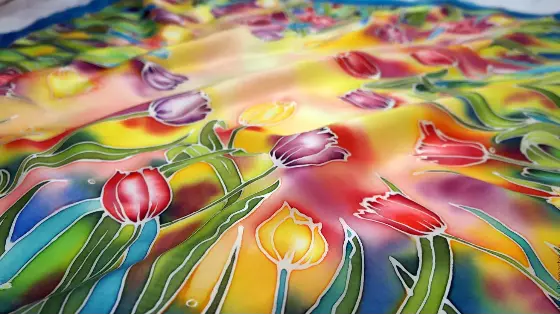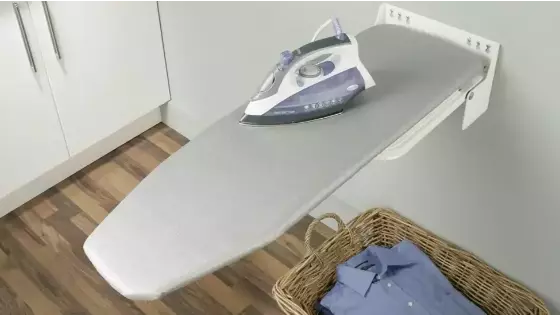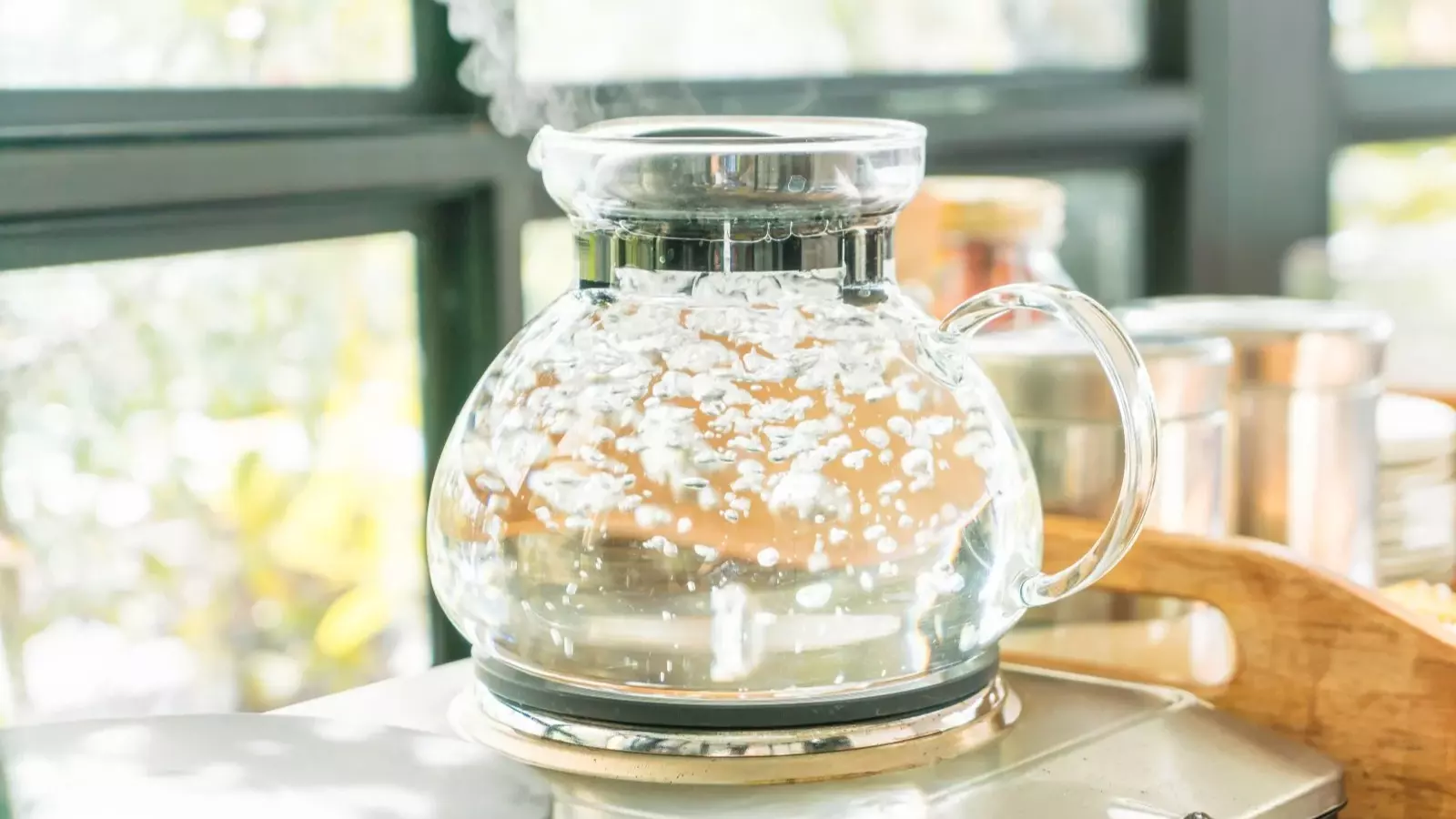Types of batik, how to care for batik?
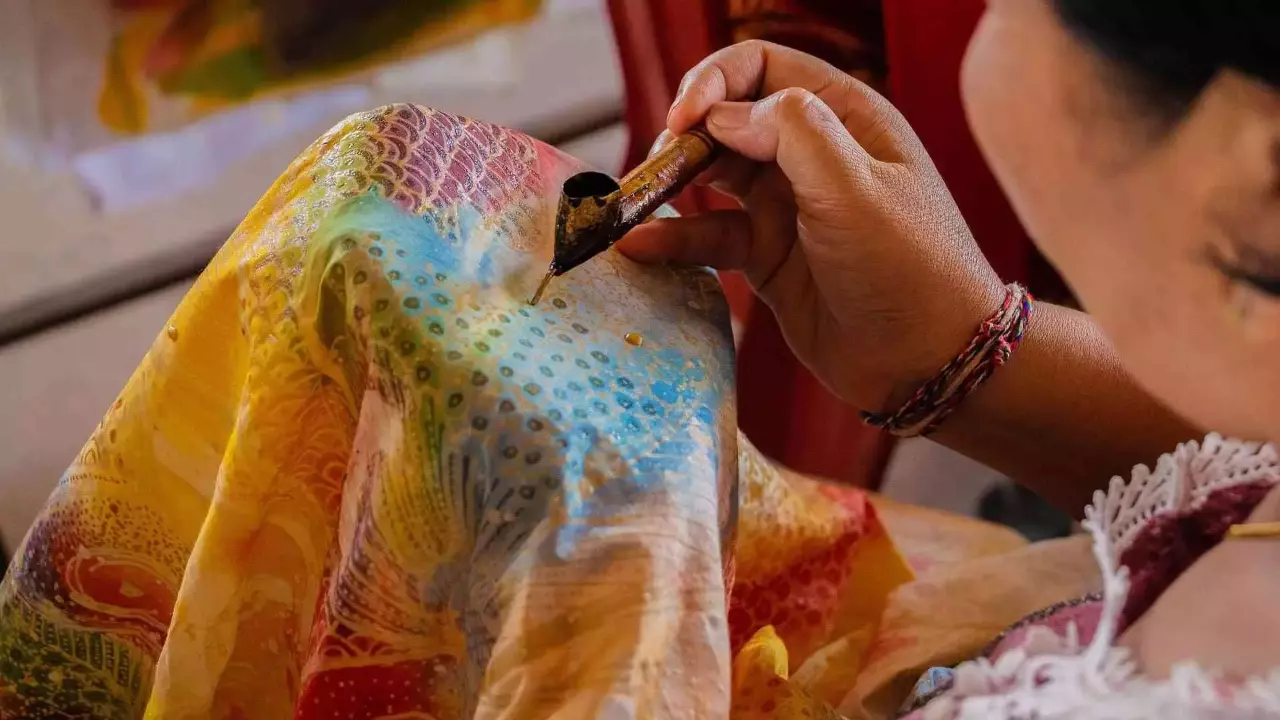
Content
How to care for batik?
Remove the dust
The first thing to do is to remove the dust from the batik. To complete this, gently shake the piece, then turn on the vacuum cleaner at minimum power and vacuum the front and back of the batik (without the nozzle).
Attention: do this carefully so as not to damage the fabric.
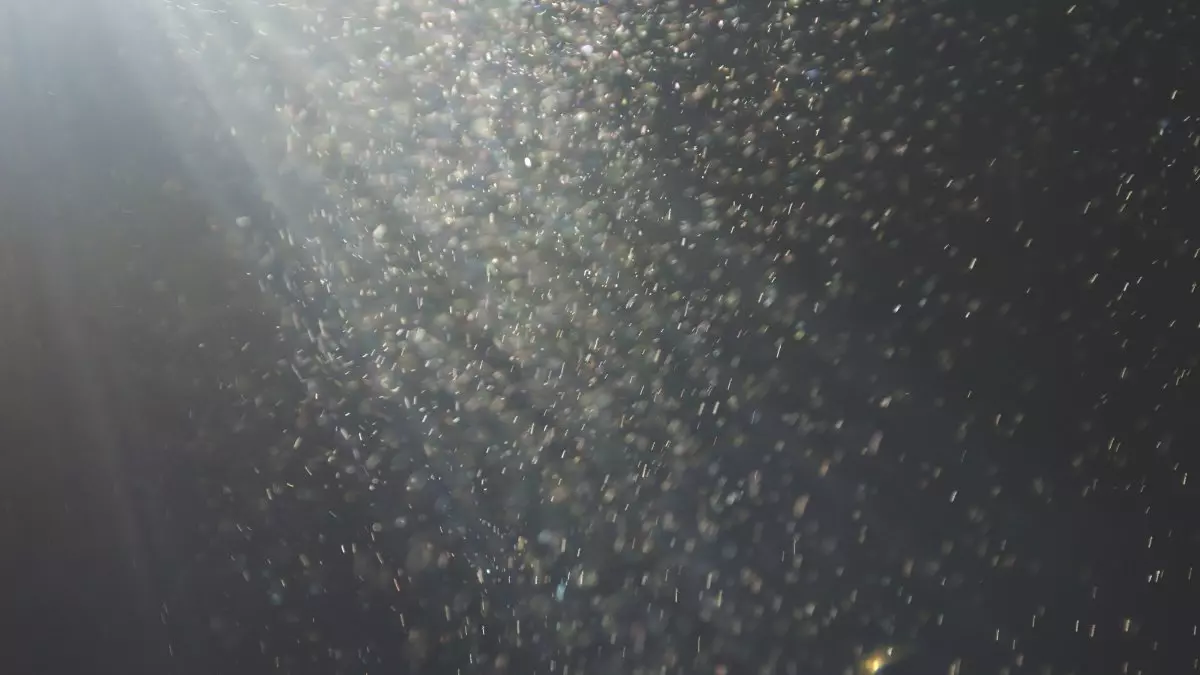
Water with shampoo in a basin
Now fill a basin with warm water and dilute a small amount of mild detergent, such as shampoo.
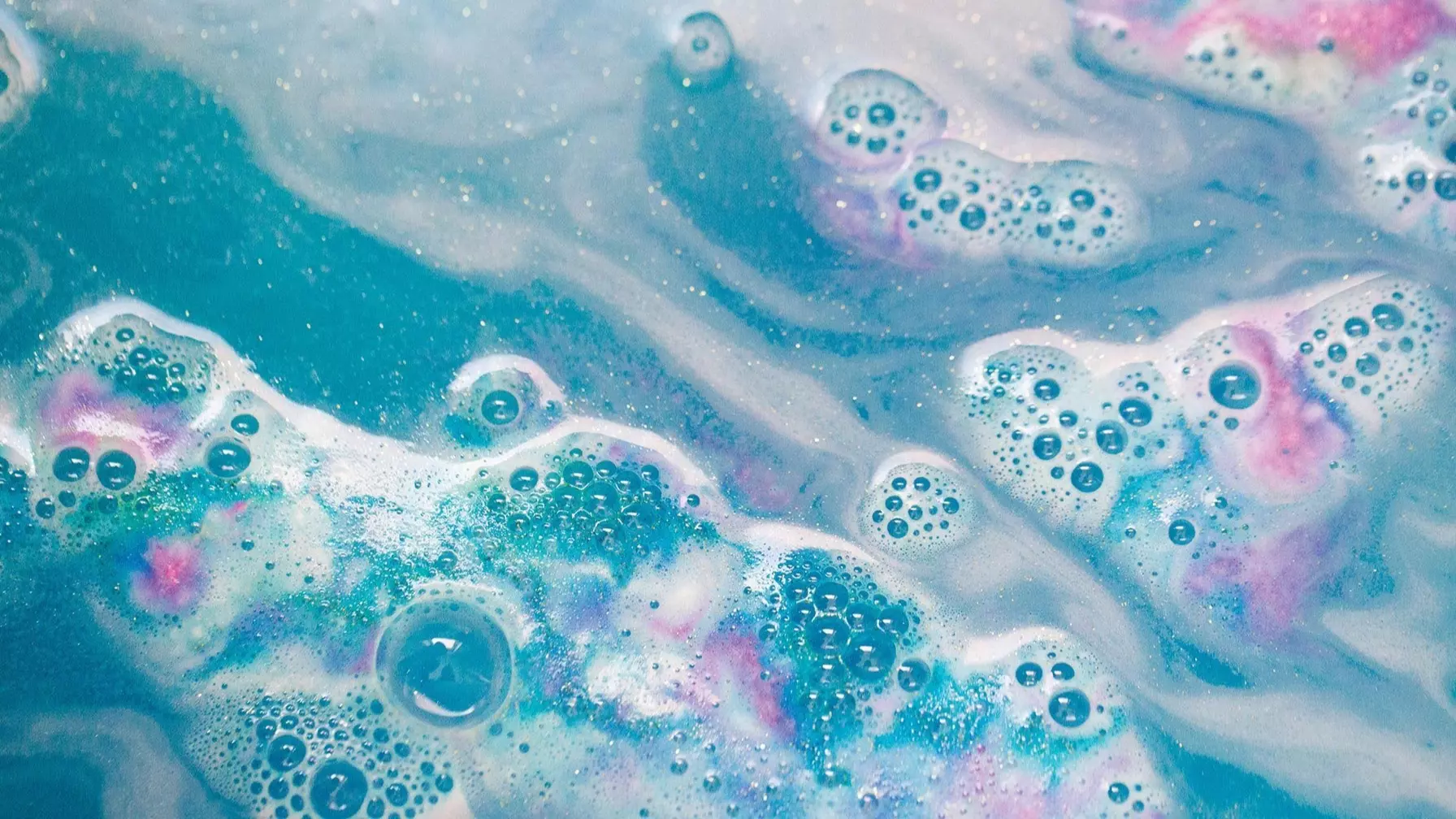
Gently wash batik
Hand wash your batik objects with gentle strokes at 40 °C without soaking them.
Do not rub too hard! Simply swirl it in the wash solution, and gently squeeze the fabric.
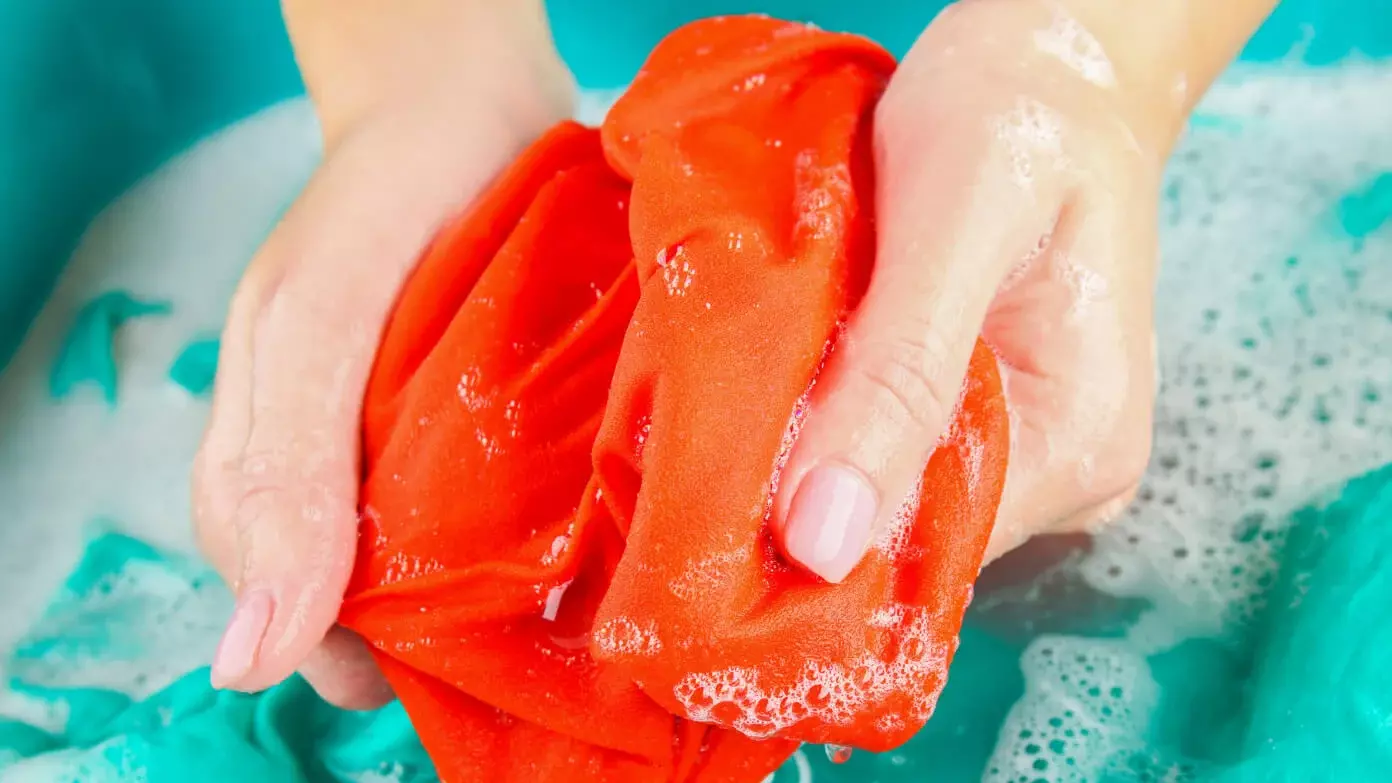
Washing
After washing, put two basins of warm water (20-30 °C) in front of you and rinse the garment well, first in one basin and then in the other. To refresh the textile paints, add vinegar at the rate of 2 tablespoons per 10 liters of water.
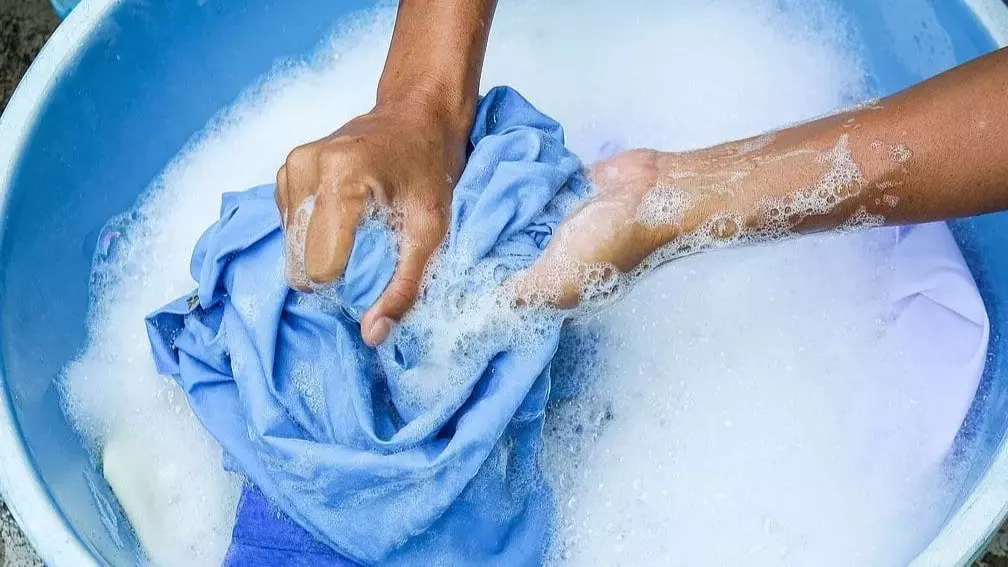
Drying
Batik cannot be twisted, so after rinsing, try to gently wring out the product in a terry towel or soft cloth. When the fibers absorb moisture, let the product dry a little at room temperature.
Note: if you have a blouse, be sure to lay a towel between each layer of silk, if a scarf or scarf – wrap the thing in one towel.

Ironing and care tips for batik
It is necessary to iron a slightly damp fabric from the wrong side, without tension, with a not very hot iron (100-110 degrees). Steam mode is not required.
Take a note:
- Batik should not be soaked, as this will cause the attractive pattern to blur;
- Do not use detergent when washing;
- Items painted using the batik technique should be washed quickly and carefully (no need to delay washing);
- Iron things only from the wrong side;
- In no case, do not dry the batik on the battery.
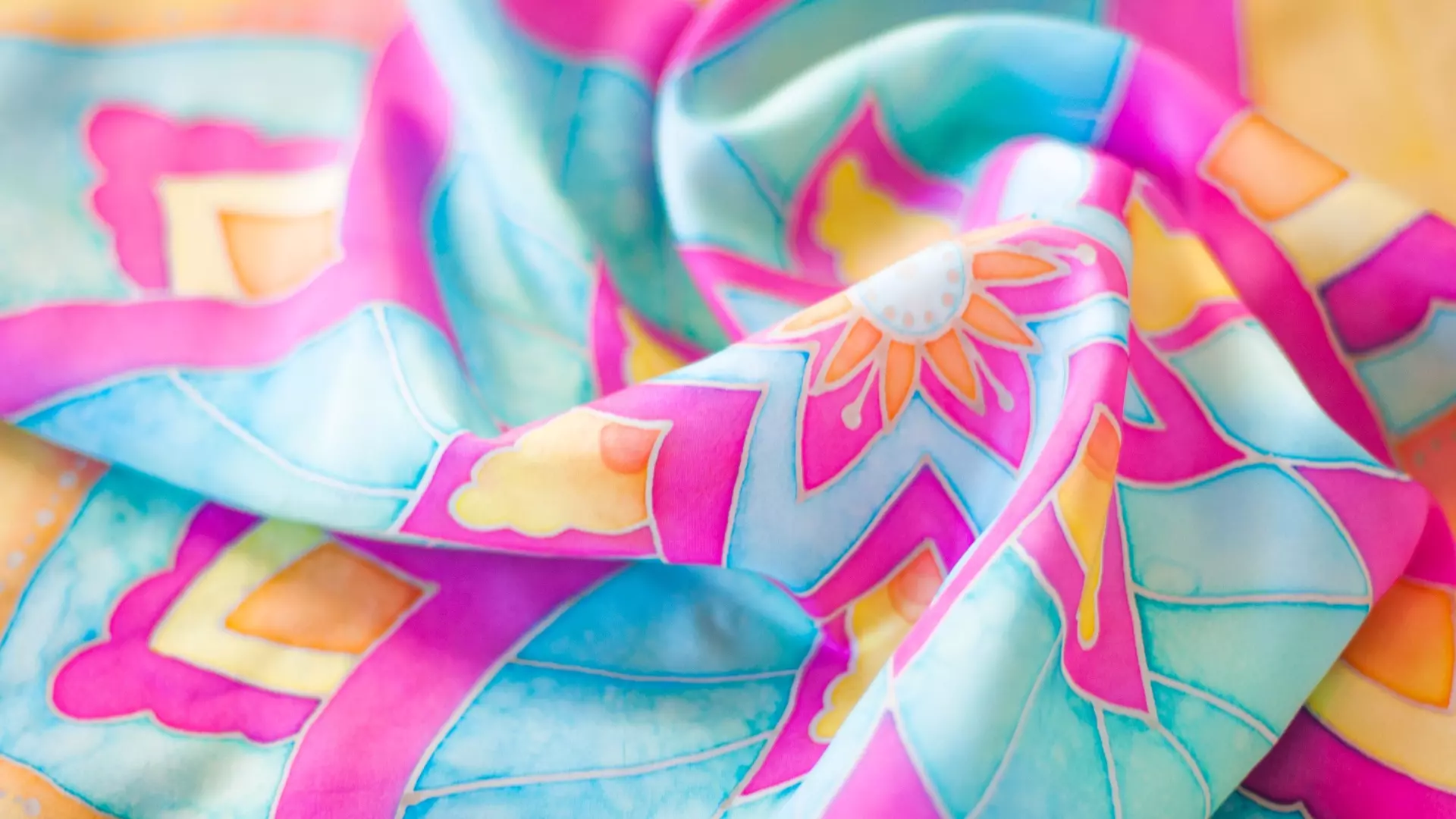
What is batik
Batik – general name for different methods of hand-painting on fabric. Here the necessary places of the material are covered with a special compound, they remain unpainted, and the result is the desired pattern. To get sharp borders and outlines, use specialized products based on water, paraffin, or gasoline. Fabrics painted with batik technique are very popular. They look stylish, original, and exquisite. But with time, clothing and accessories lose their original aesthetic appearance, and with the improper care, they fall into total uselessness.
Classic powder and inappropriate washing mode can permanently ruin a thing with batik. Therefore, it is important to arrange proper care for such delicate items. In this article, we will learn how to wash batik.
Types of batik
Depending on the types of processing materials used and the type of fabric itself, painting is divided into several types such as: cold, hot, knotted and folding batiks, let's get acquainted in more detail.
Cold batik
The emergence of Oriental fabrics in Europe in the early 20th century led to a fascination with hand-painted fabrics. He was experiencing a second birth. But it was difficult for Europeans to reproduce the classic process of making wax batik, so there appeared another, more accessible and simpler type of painting: cold reserve and, correspondingly, other methods of dyeing. However, this technique differs from hot not only in the temperature of the reserve, its composition, tools for its application, and style of painting have changed.
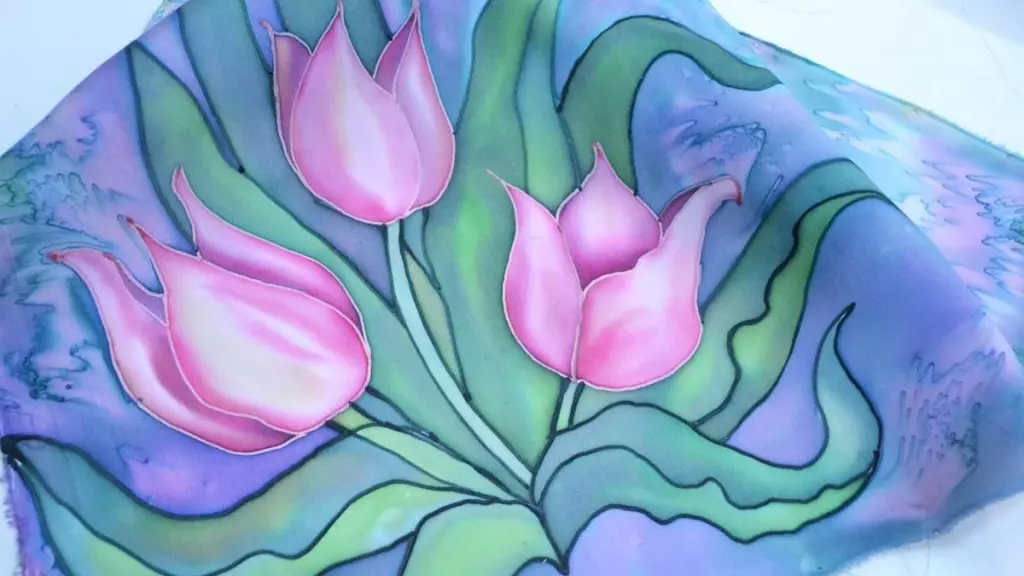
Features:
- Lines. White and colored lines that separate one color space from another are the most characteristic of silk painting, all details of the pattern have a clear border and are painted only inside the reserve line. As a result, the drawing acquires graphic clarity. Unlike hot batik, this method does not require the removal of the reserve after dyeing, it is simpler and safer, and therefore ranks among the most popular techniques of painting on fabric.
Hot batik
From ancient times, dyeing using various reserving agents, such as heated wax or resin, has been used to decorate fabric. The reservation technique is known in many countries: Peru, Japan, Iran, Sri Lanka, China, Armenia, Azerbaijan, African countries, but the homeland of batik is traditionally considered the island of Java in Indonesia. Traditional Javanese batik — this is not a simple fabric, it was considered sacred and was used as a talisman. It is also still used by the people of Indonesia as both casual and festive wear.
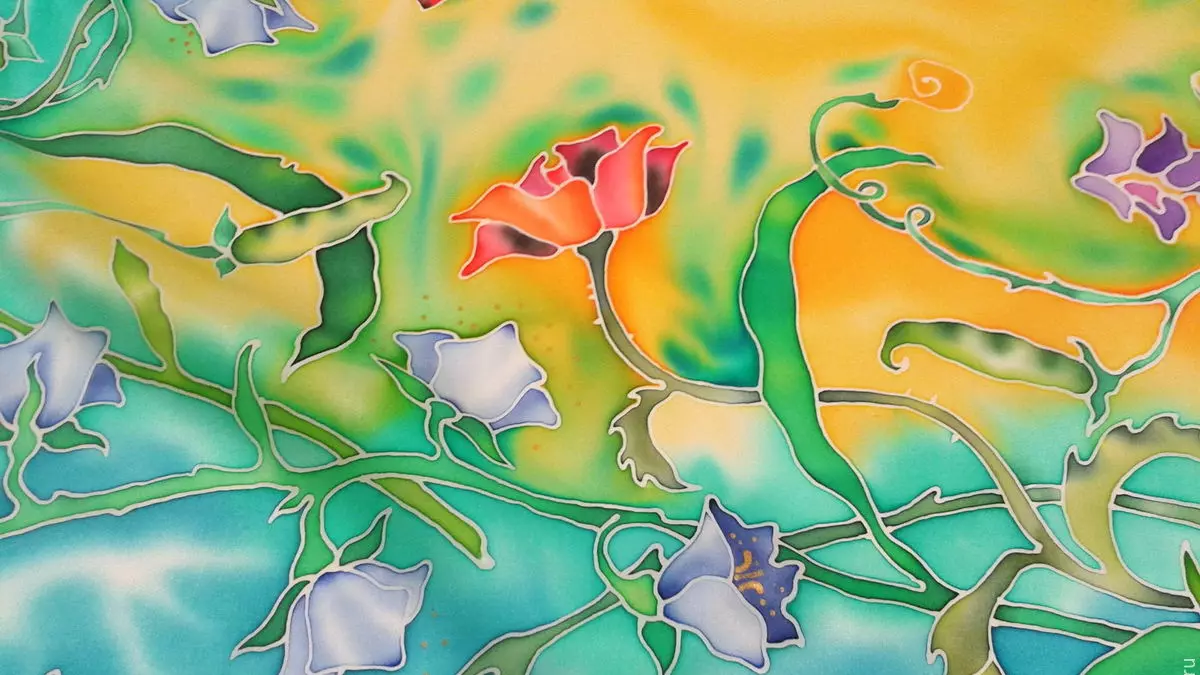
Features:
- Thin lines and many tiny dots. Traditional batik uses only cotton fabrics and the pattern is made with a special tool — a chanting. It is a small copper cup with a spout attached to a wooden or bamboo handle. Chan ting allows you to apply the most complex traditional pattern of fine lines and many tiny dots. The fabric is then dyed successively in indigo and brown. Many hot waxing techniques are used these days. Reservoir can be applied using brushes or special stamps, or simply by dripping it on the fabric.
Knotty batik
It is one of the first methods of decorating fabric. It has been known in Eastern countries since ancient times. In Indochina, the knot work technique existed before the 7th century. In India, it is still widespread today.
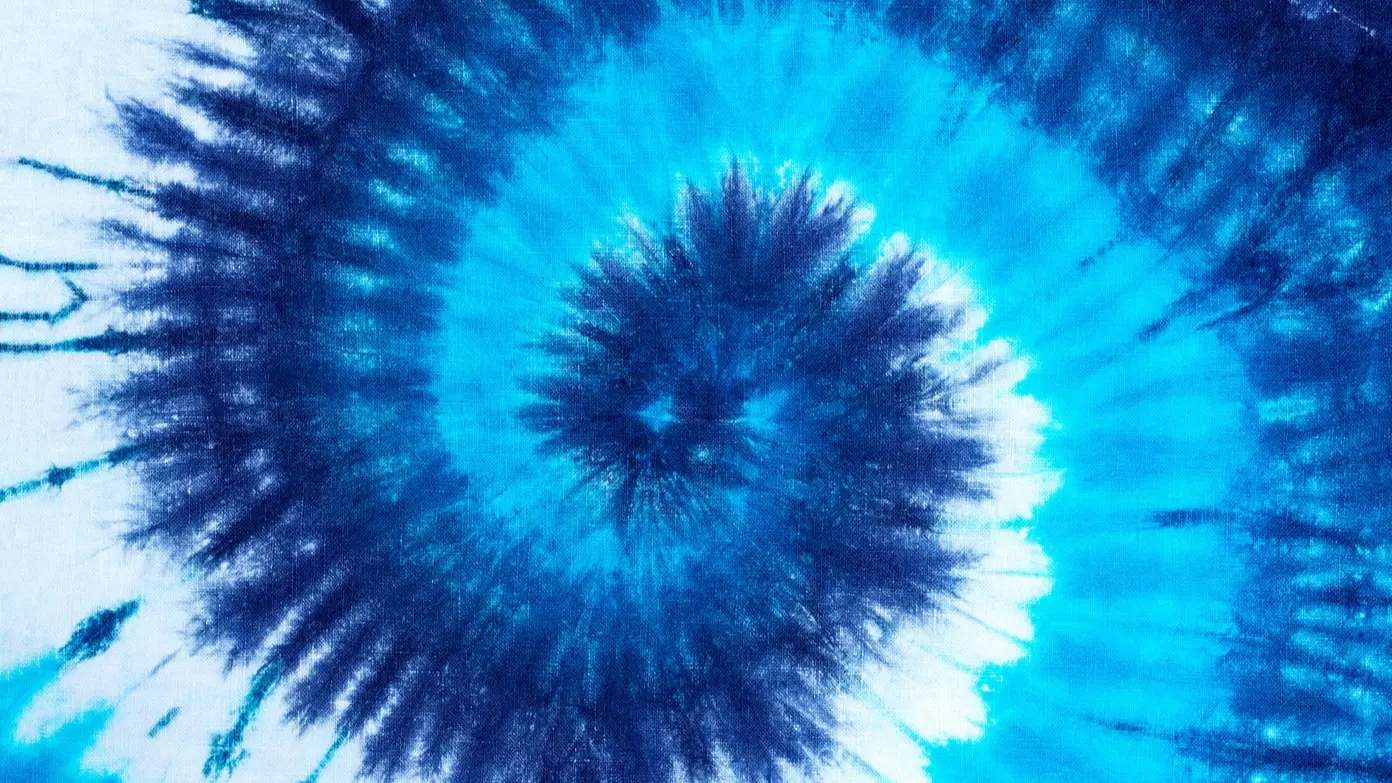
Features:
- White and colored spots. The pattern consists of many white and colored dots. Similar patterns are found on ancient frescoes and sculptures. Such fabrics are used to make wedding and festive clothes. In Malaysia and Indonesia, the knot work technique is called “plangi”, which means “gap, spot”. In Sumatra, the fabrics are complemented with bead work, in India with beads, in Africa with embroidery, pearls, and shells.
- Where was it known? This method of dyeing was known in pre-Columbian America, the Caucasus, Tibet, the Middle East and North Africa. Creating a pattern by stitching the fabric is a more sophisticated technique. In Indonesia, this technique is called “tritik”.
- The 20th century. In Europe, knot dyeing became known at the beginning of the 20th century and was used in clothing and interiors: for bedspreads and curtains. In the 70s, a revival of interest in the East made the knot work technique fashionable again, it was widely used to decorate clothing in the hippie style.
Folding batik
Free painting is widely used to decorate natural silk fabrics and artificial fibers. In this case, aniline and oil paints are used. The folding batik technique represents that the fabric is tied in a certain way and then dyed. Through the resulting kinks, twists and folds, a pattern or drawing is formed.
How to care for batik
What not to do:
- It is forbidden to wash in a washing machine, even in the gentle, delicate or sparing mode;
- Do not rub the pattern hard when washing. Wash delicately and gently;
- Do not rub too hard when washing;
- Do not pre-soak, wash immediately. Otherwise, the pattern will fade, and the garment will run;
- Do not use conventional detergents, powder detergents, bleach stain removers and formulas containing aggressive substances. It cannot be ironed on the outside or at high temperatures. Do not wash things in hot water and do not dry it on the batteries;
- Do not rub batik with cloths, especially not damp ones.
After washing, the water may be slightly colored. Do not be alarmed, it is usual for such materials. If you respect the rules of care, nothing will happen to the products, but the color will be more aged. Today in the technique of batik painted not only clothes and accessories, but also paintings. And such items of the interior actively attract and quickly accumulate dust, so they require regular cleaning.
To clean a canvas painting with painting, first remove the frame and then vacuum the canvas. In conclusion, you can gently wash the piece with cold water with a small amount of vinegar.
How to wash batik
To wash batik, first perform a dry cleaning. To complete this, shake the item and remove the dust. If necessary, gently vacuum the fabric on minimum power without the nozzle on the outside and inside. Dilute a small amount of gel, liquid soap, shampoo, or other mild gel laundry detergent in warm water at about 40 degrees.

The washing process:
- Start. Wash without pre-soaking, without squeezing, twisting or rubbing the material too hard. Simply swirl the item lightly in water, then rinse twice at 20–30 degrees. If the painting has faded, vinegar can help revive the colors. When rinsing, add two tablespoons of vinegar to ten liters of water.
- Finish up. After you finish, wrap the product in a terry towel and gently wring it out. When the excess moisture has been absorbed into the towel, spread them out indoors and leave to dry at room temperature, away from sunlight, radiators, electrical appliances and so on.
For a multi-layered item, like a blouse, you will need several towels. Place the item under each layer of material. Compact items such as a scarf or shawl can be wrapped in one towel.
How to dry batik
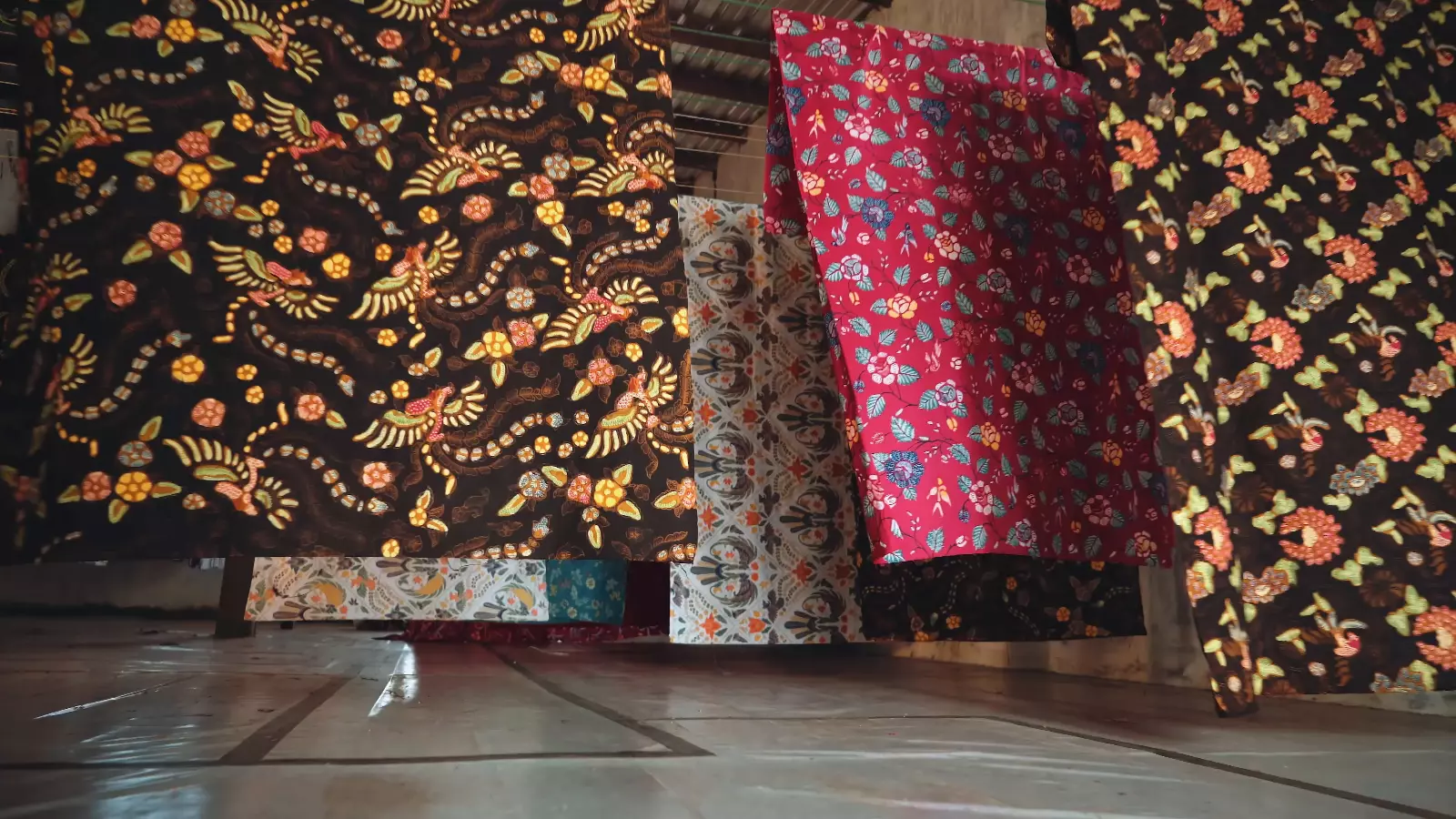
Important!
If you have an automatic dryer or your washer supports this function — do not be tempted to dry your item quickly. At the very least, this will lead to the fact that it will be unrealistic, and you will have to wet it again, or the item may be ruined altogether. Dry flat, preferably away from heaters, and without sun exposure, as long as you don't dry it too dry. How to iron batik.
How to iron batik
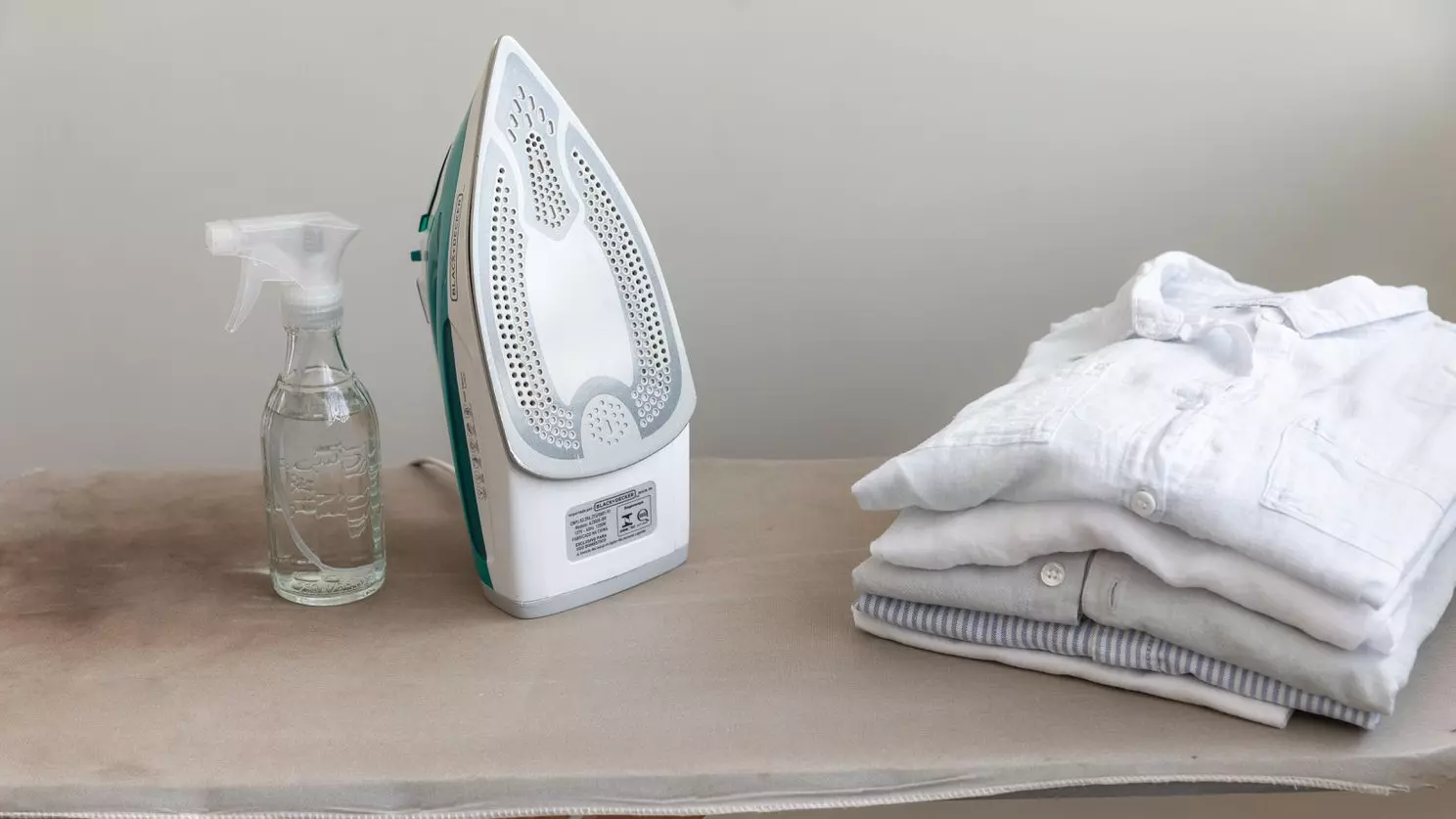
We start ironing before the batik is completely dry, when it is still wet, but the water is no longer dripping from it. The thing is, it is not recommended to splash on silk, it may leave ugly stains. Ironing should be done from the wrong side. Iron in the silk / wool position, although, to be honest, I iron at maximum mode, but it depends on the iron, of course, so it's better not to risk and start with a little.
Total
Thank you for your attention!
 190 cm to inches
190 cm to inches
 17.5 cm to inches
17.5 cm to inches

